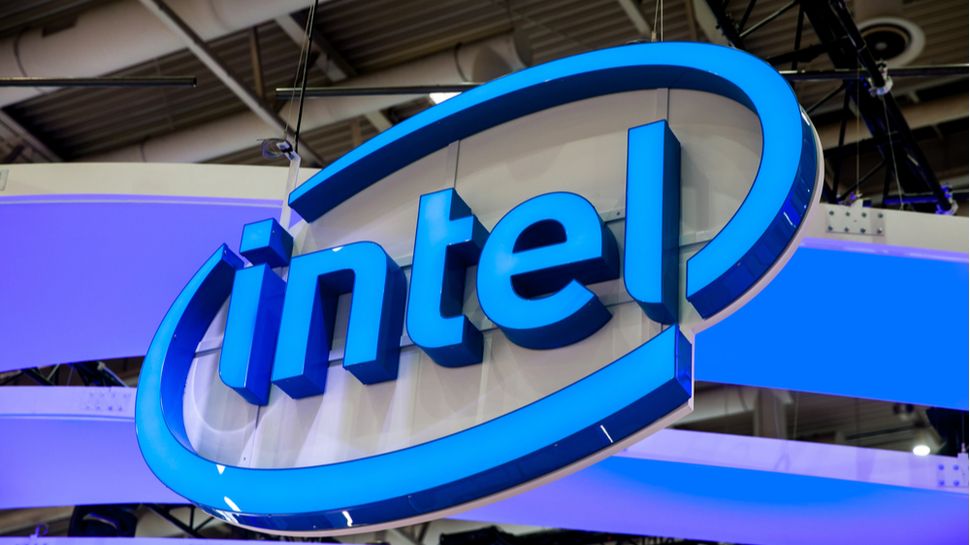SpaceX Crew Dragon vehicle could be used to evacuate ISS astronauts in an emergency
A SpaceX Crew Dragon vehicle currently docked to the International Space Station (ISS) could be used to transport extra crew members back to Earth in the event of an emergency, NASA announced.
Following a coolant leak in a Russian Soyuz spacecraft docked to the ISS in December, international space agencies including NASA and Roscosmos worked together to come up with a plan to safely transport crew members home. The plan they settled on was to use a replacement Soyuz craft that will be launched in February.
However, observers were concerned about what would happen in the event of an emergency that required the ISS to be evacuated between now and the arrival of the replacement Soyuz. Usually, crew members would evacuate in the vehicles in which they had traveled to the station, but with the Soyuz leak, it isn’t certain if the vehicle would be safe for a return journey.
The leaky Soyuz spacecraft is raising questions about how to evacuate ISS crew in the event of an emergency
The issue is that, without its coolant, the Soyuz could overheat as it travels back through Earth’s atmosphere. That’s why the plan is for the Soyuz that leaked to return to Earth without crew and for the crew members who had been scheduled to travel in it to use the replacement Soyuz instead.
But in the case of an emergency evacuation, the plan is for NASA astronaut Frank Rubio to travel in the SpaceX Crew Dragon along with the four Crew-5 members and for Russian cosmonauts Sergey Prokopyev and Dmitri Petelin to travel in the Soyuz that experienced the leak.
“What we wanted to do was reduce the heat load in the Soyuz, so by removing Rubio from the Soyuz you take away one third of the human heat load,” explained Joel Montalbano, manager of the International Space Station program at NASA, in a press conference on Wednesday. He stressed that this would only be necessary in an emergency situation.
As for the NASA astronaut who traveled to the space station in the Soyuz, NASA worked with SpaceX to check whether the existing Crew Dragon vehicle would be safe to carry five crew members instead of four, including checking on airflow, oxygen supply, and whether landing would be safe.
The issue is that, without its coolant, the Soyuz could overheat as it travels back through Earth’s atmosphere
“We figured out this cargo area might be about the right size to put a seat liner and a crew member down in this area,” said Steve Stich, manager, commercial crew program, NASA Johnson Space Center. “We could actually accommodate two more crew members in this cargo pallet area if we needed to.”
Currently, the Crew Dragon layout has an upper deck with four seats and a lower deck with three cargo pallets. But if necessary, four crew members can sit in the upper deck and one or more of the spaces in the lower deck could be converted from cargo holding to a crew seating area.
“In the early days of laying out the Crew Dragon interior, we actually laid out the interior to accommodate up to seven individuals, and that was later adjusted to convert three of those seats to spaces that could be used as cargo storage,” said Sarah Walker, director, Dragon mission management at SpaceX.
SpaceX has run the numbers and found it would be safe for the vehicle to carry an additional crew member. “Dragon has plenty of margin, even with the extra crew member, with respect to onboard life support,” Walker said.
As for whether there could be future leaks to vehicles attached to the ISS, there does remain the threat of meteoroids, which can travel at very high speeds and could potentially strike and damage the craft that are docked there. That is thought to be what caused the damage to the Soyuz’s radiator. But NASA says that the SpaceX Crew Dragon is equipped to handle such impacts.
“Dragon has plenty of margin, even with the extra crew member, with respect to onboard life support.”
“We have designed that vehicle to have a certain amount of shielding for the environment already, around critical systems like the propellant tanks and other areas,” said Stich. “We went into the design knowing this was one of our highest risk areas.”
To ensure that vehicles are safe to travel in, Crew Dragons docked with the ISS are inspected during weekly checkouts and more extensive monthly investigations. The station’s robotic arm is also used to take photos and videos of crafts before undocking.
While it is unlikely that this emergency plan will be needed, officials stressed that they wanted to be prepared for any scenario that could happen while waiting for the replacement Soyuz to arrive at the space station. “We always plan for the best – and the worst sometimes,” said Kathryn Lueders, associate administrator, Space Operations Mission Directorate.


